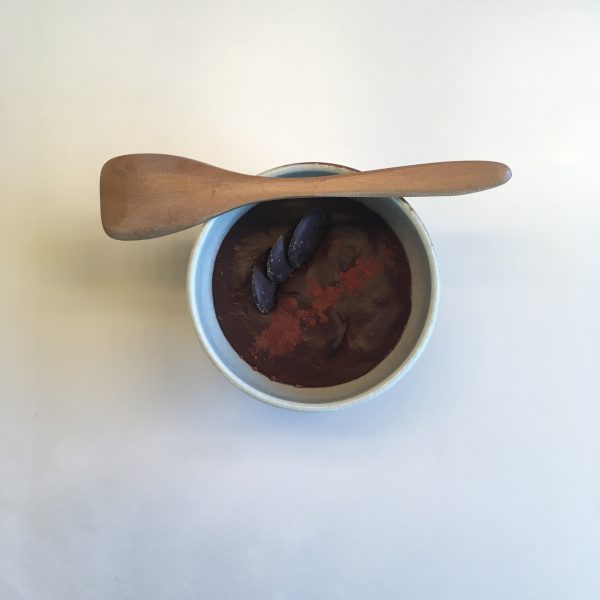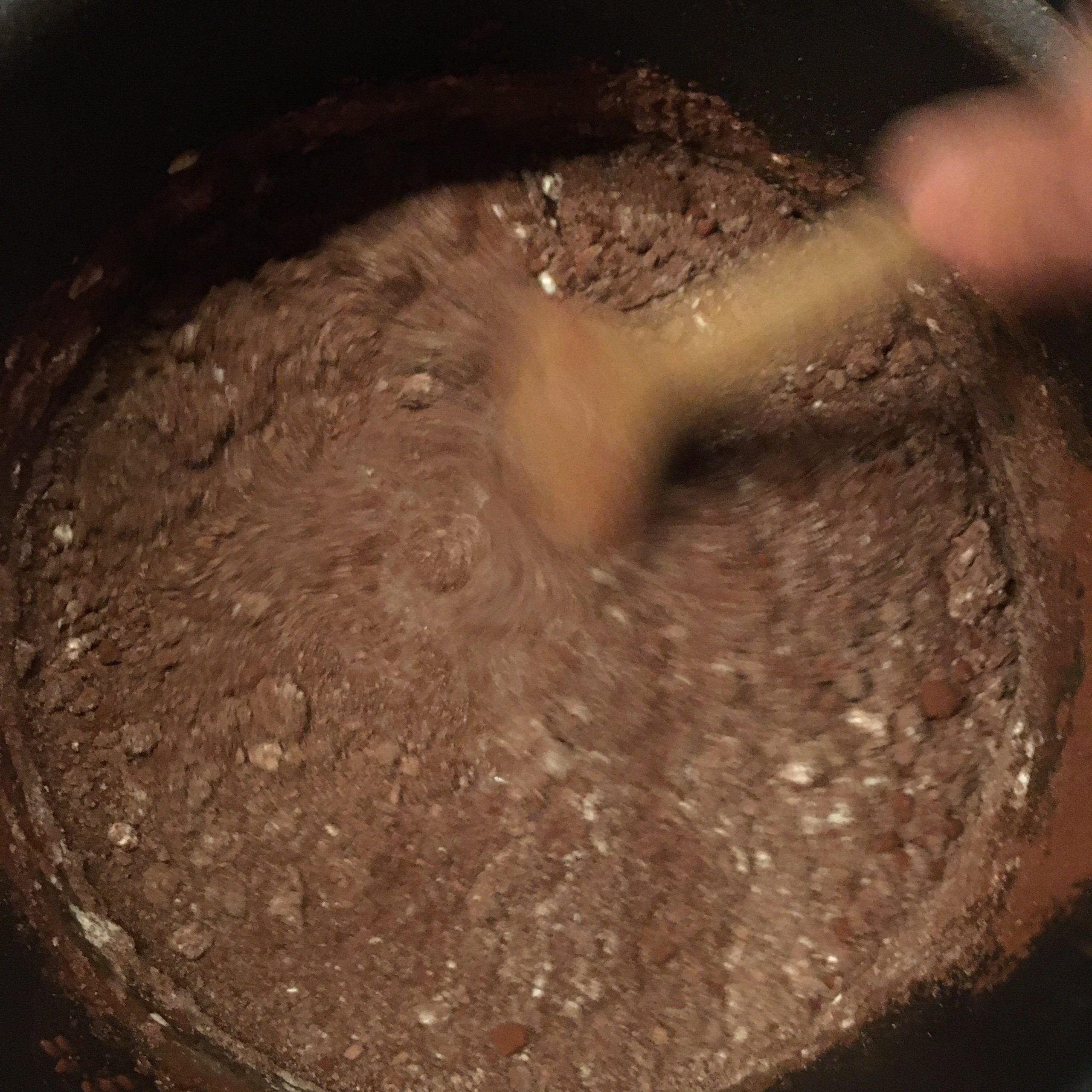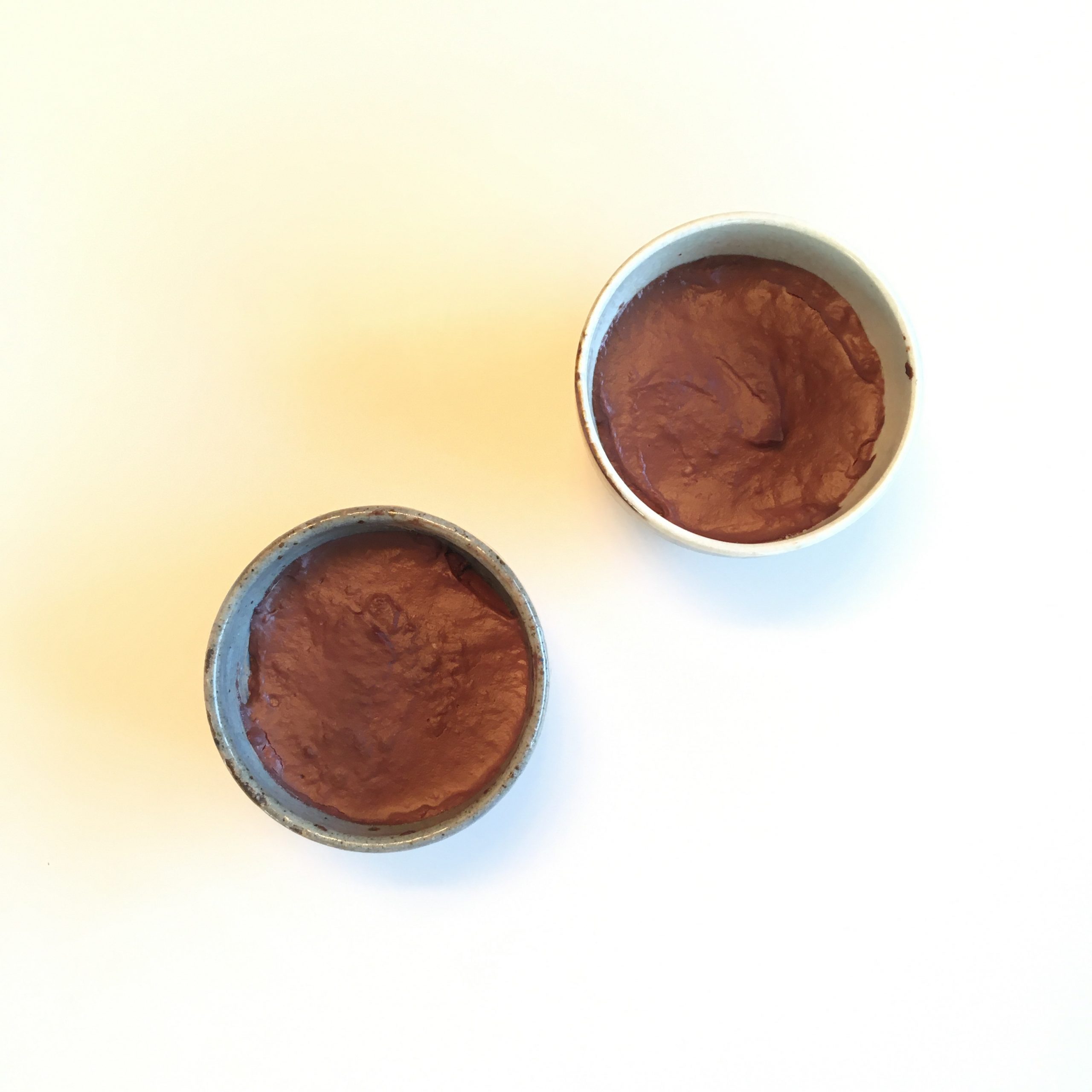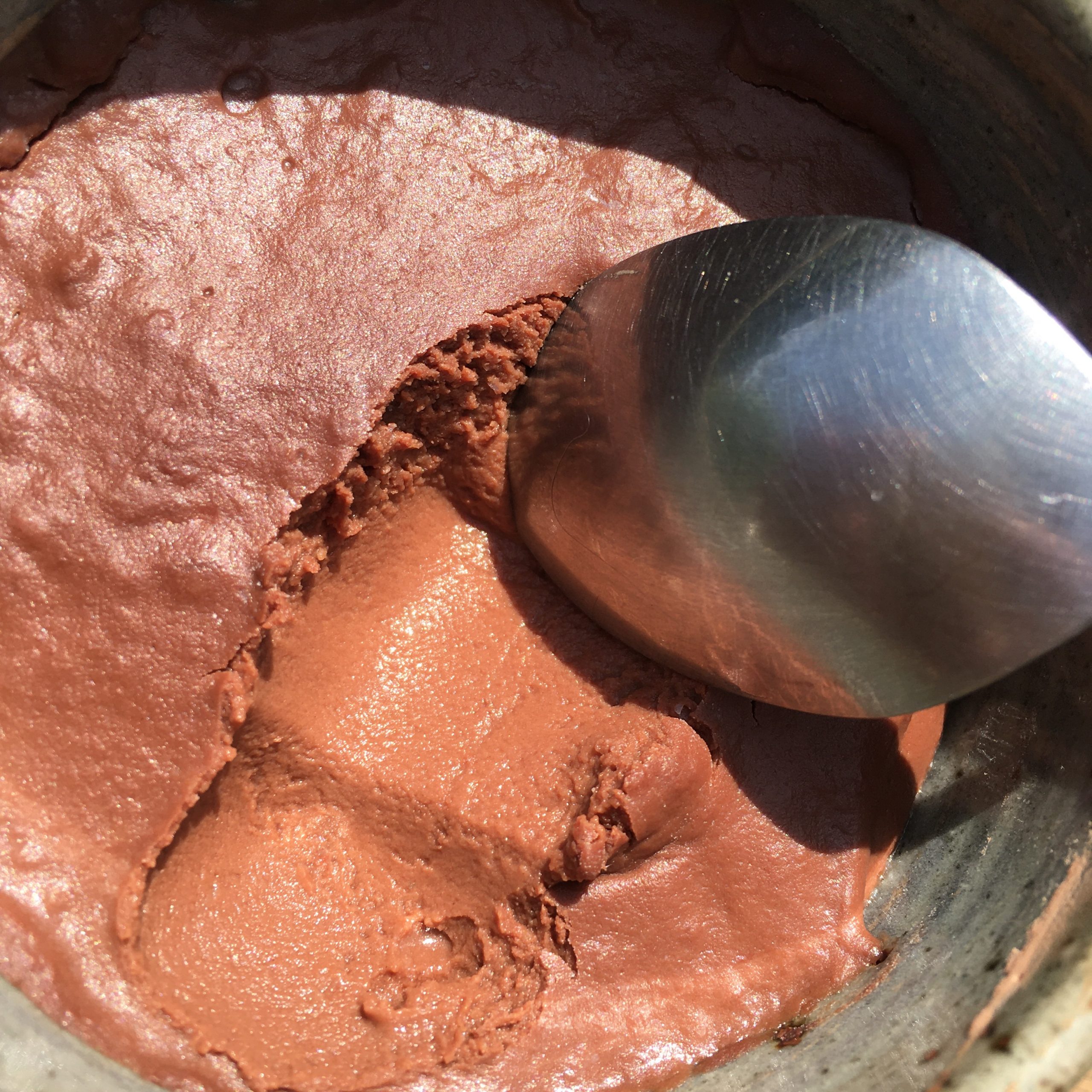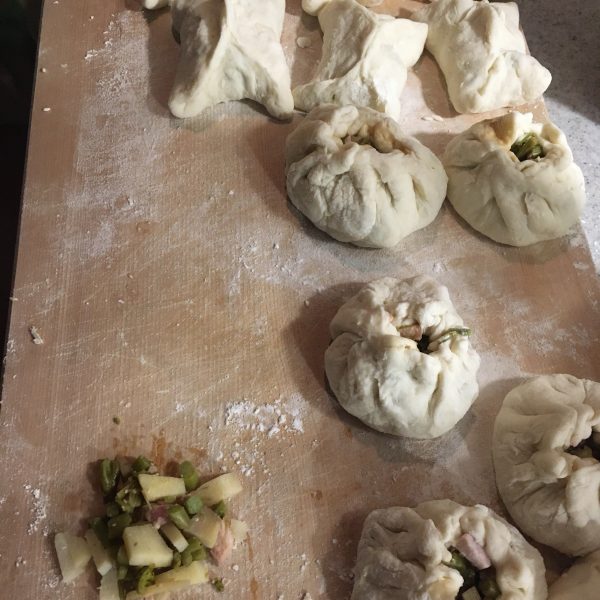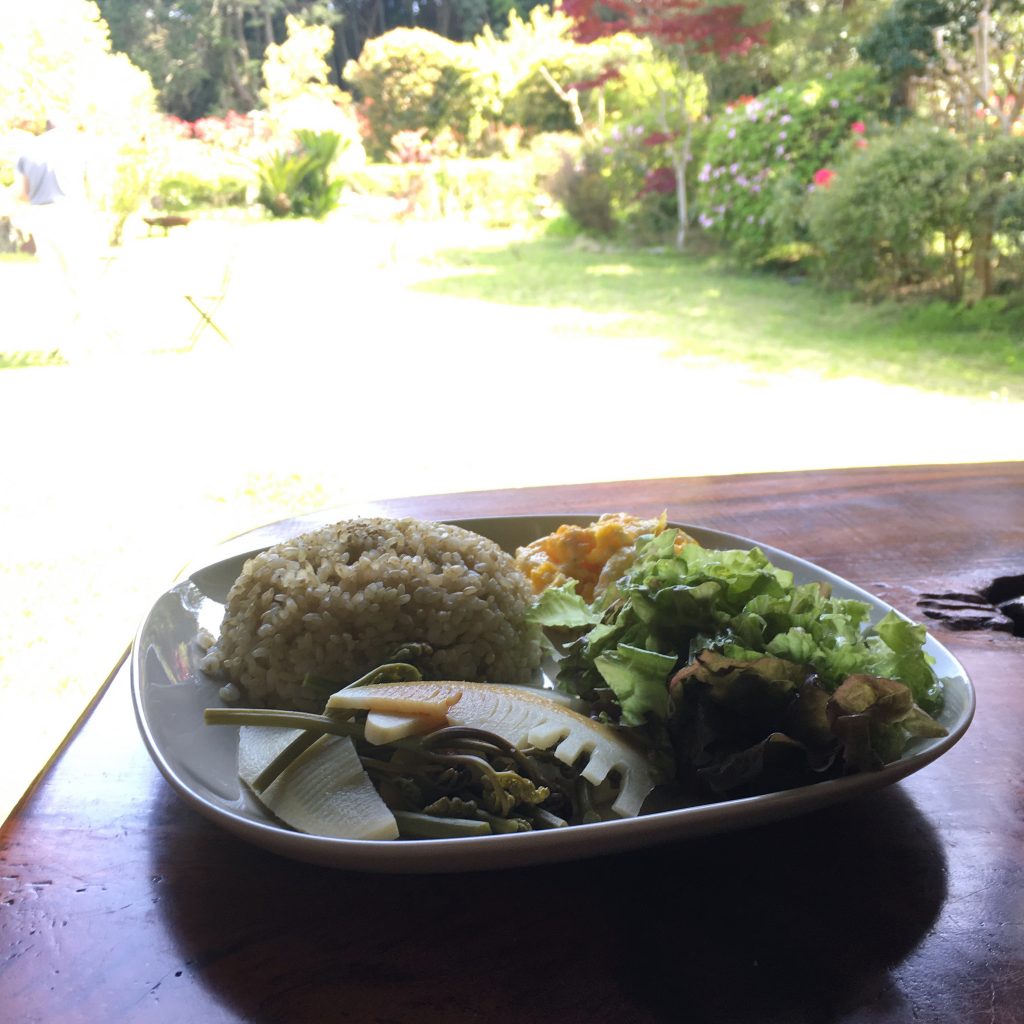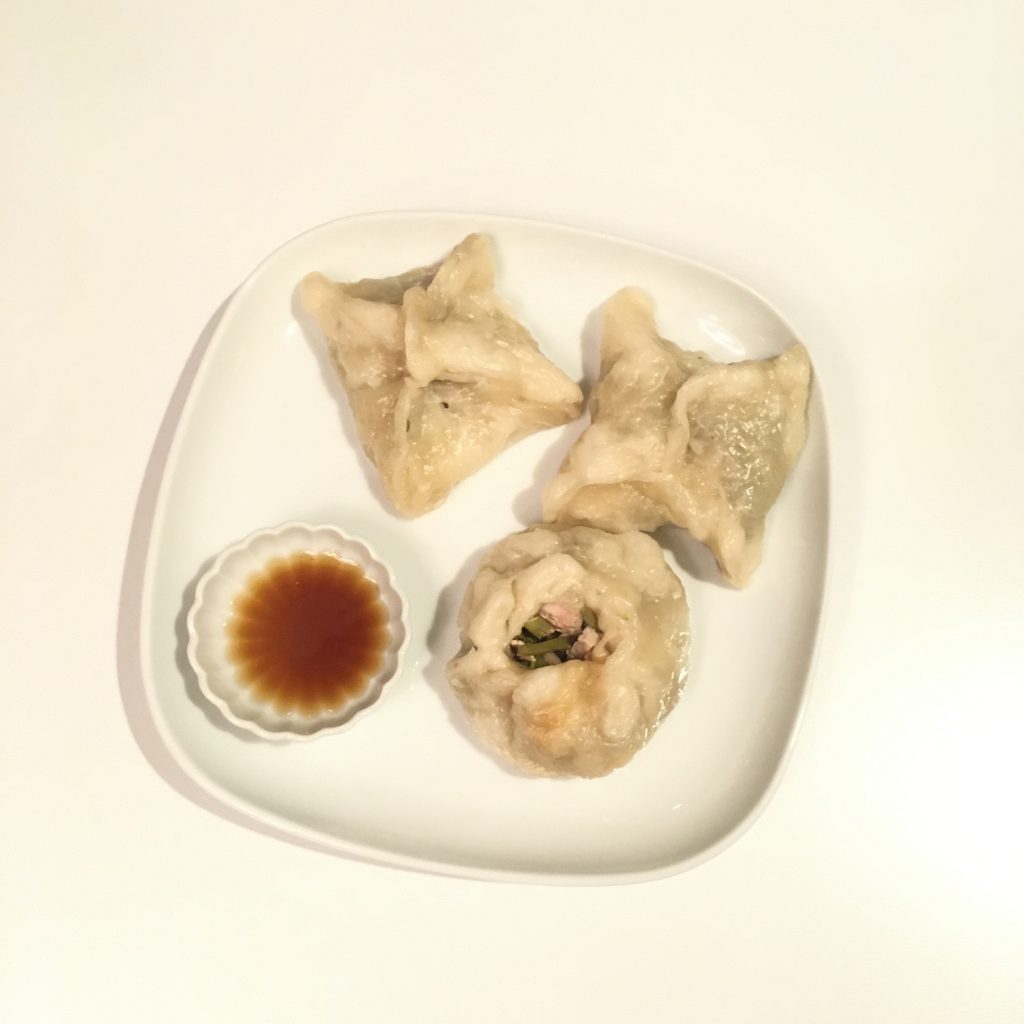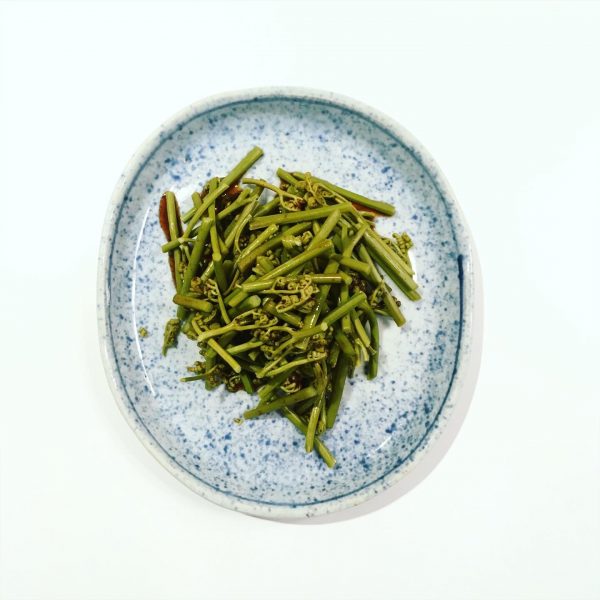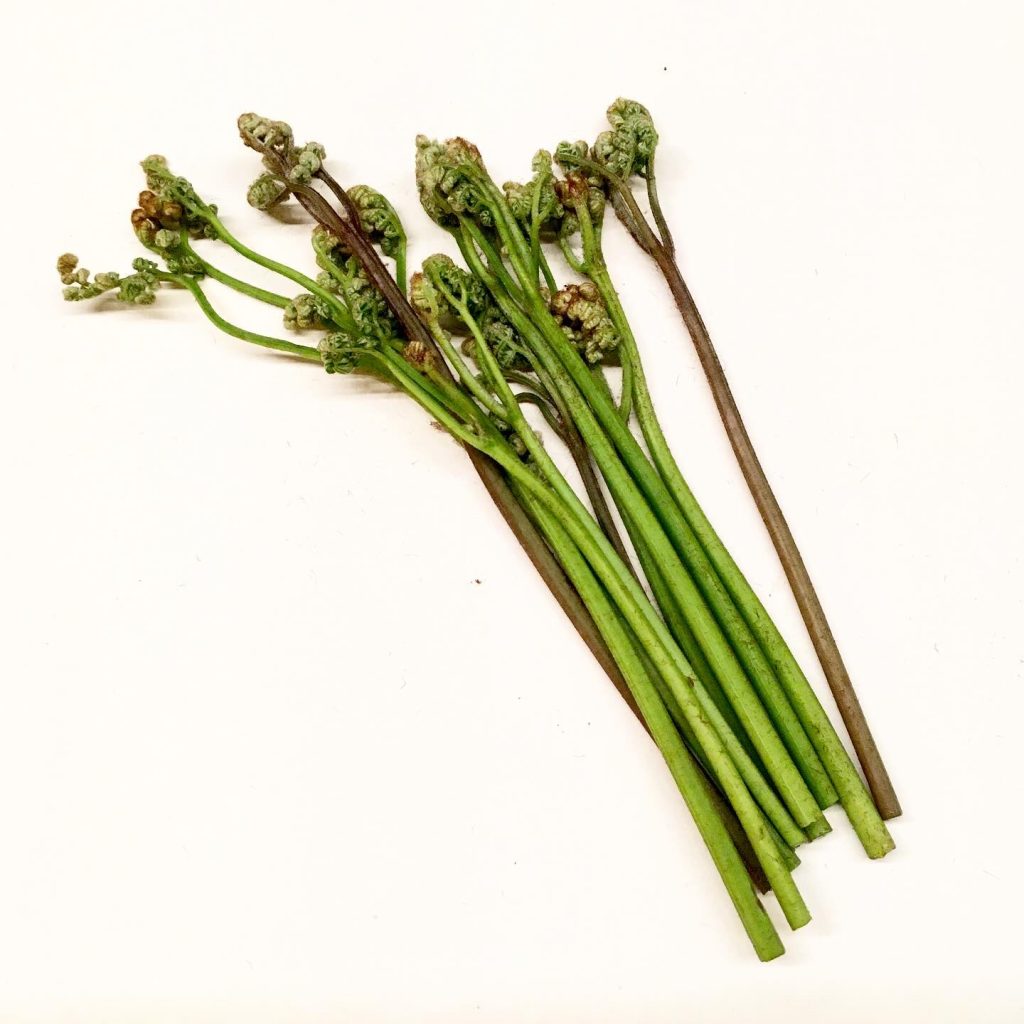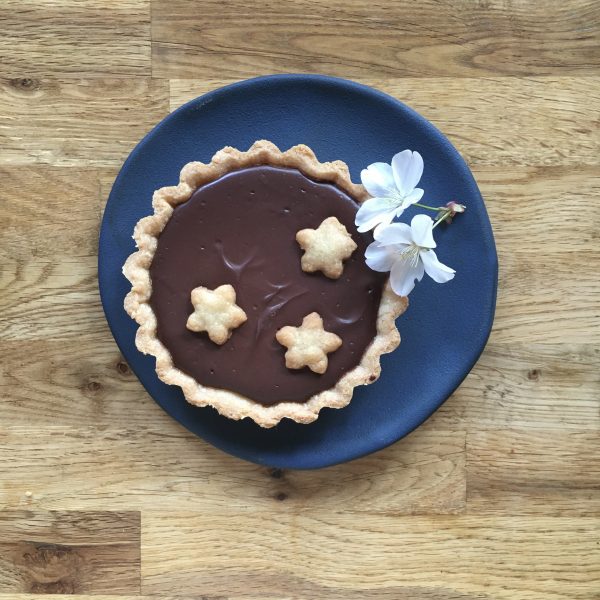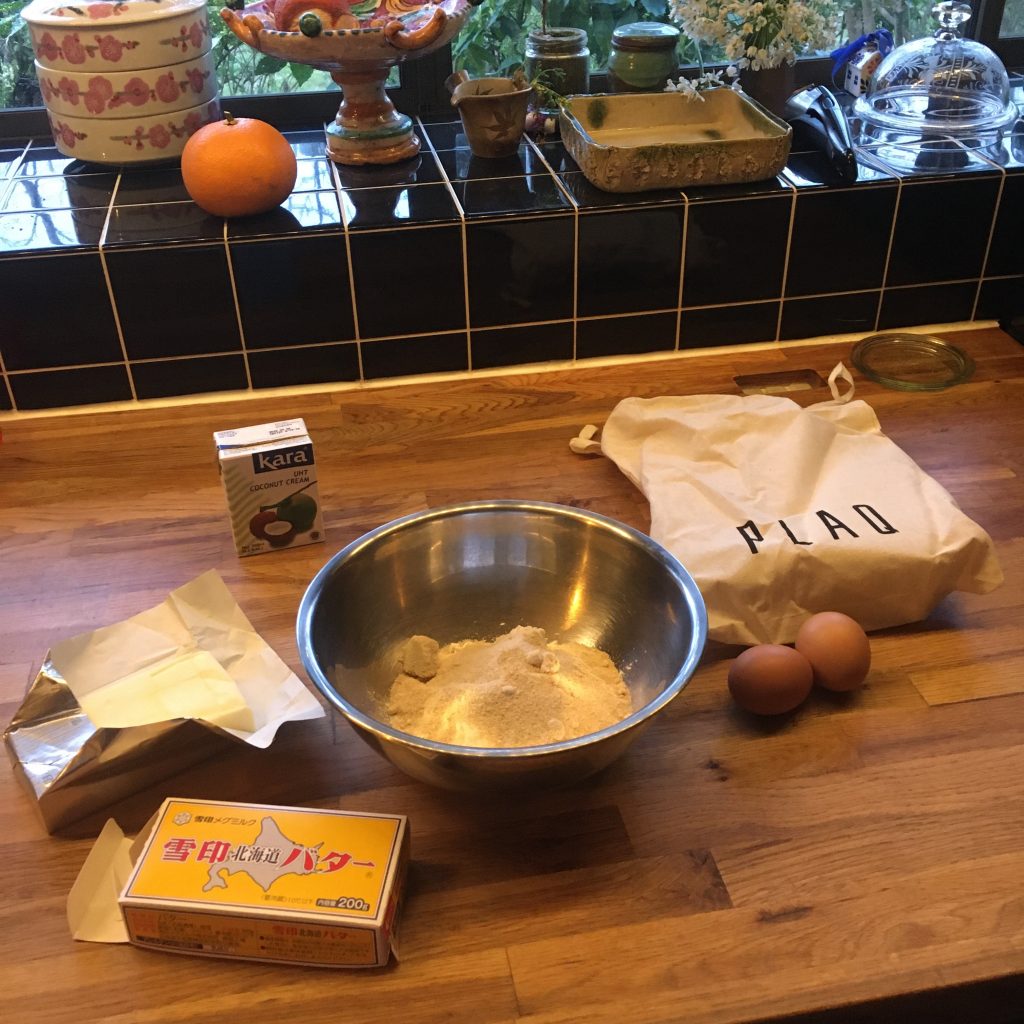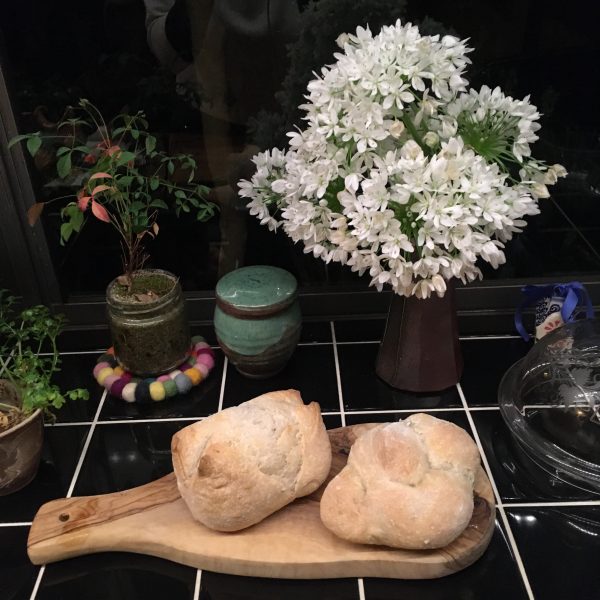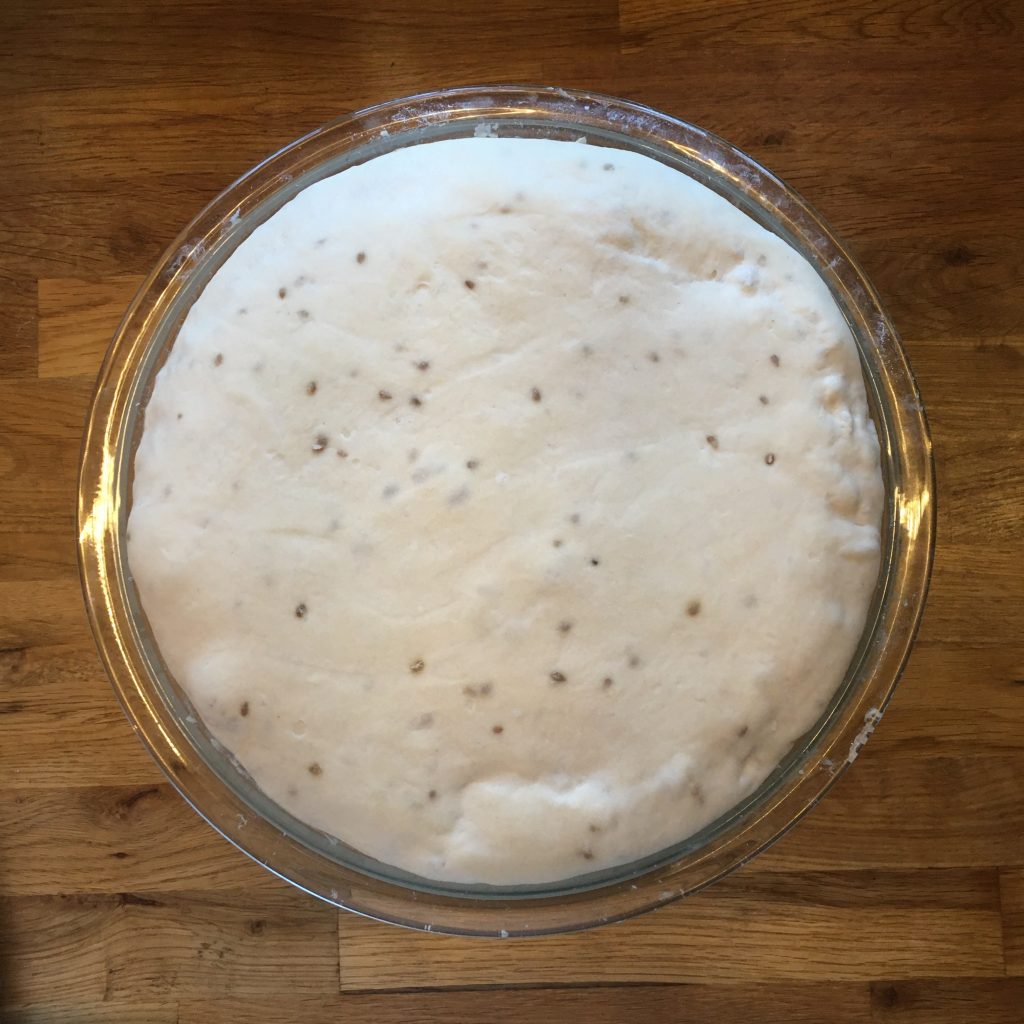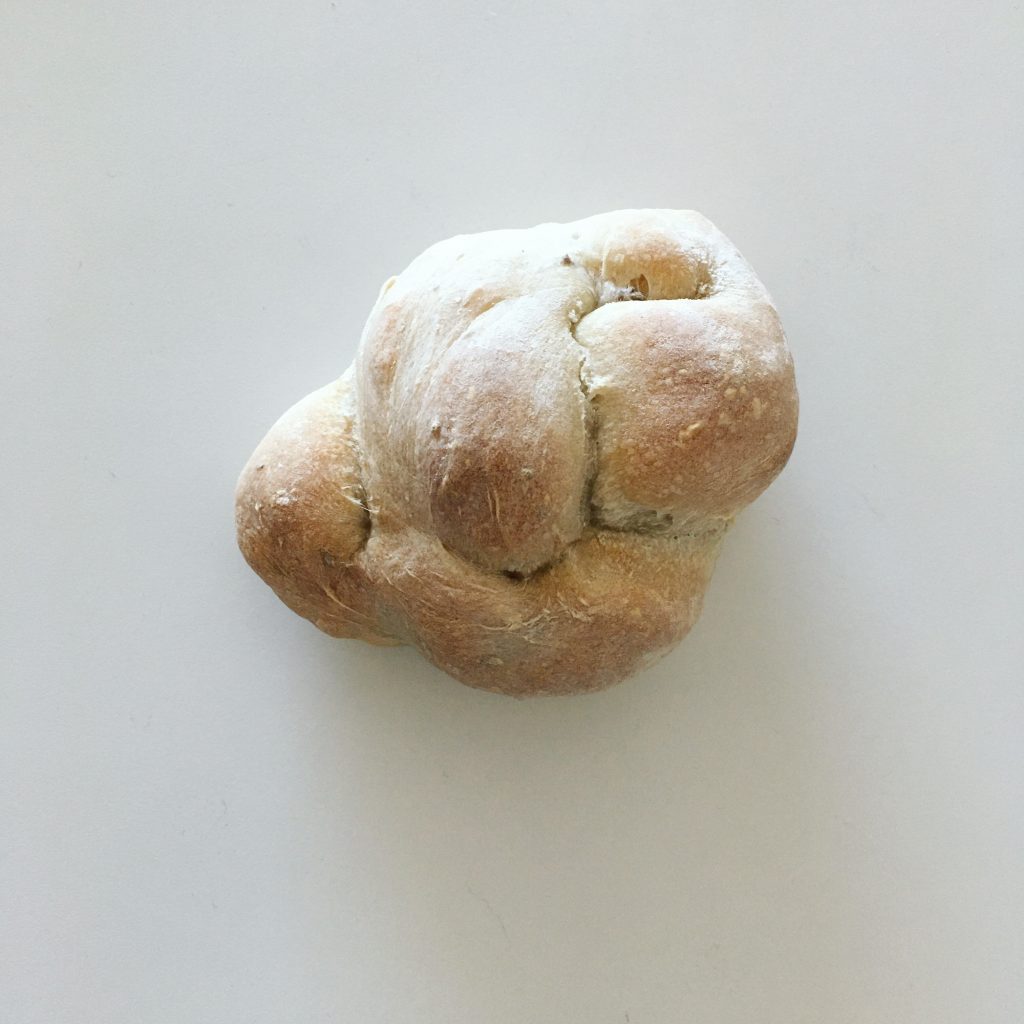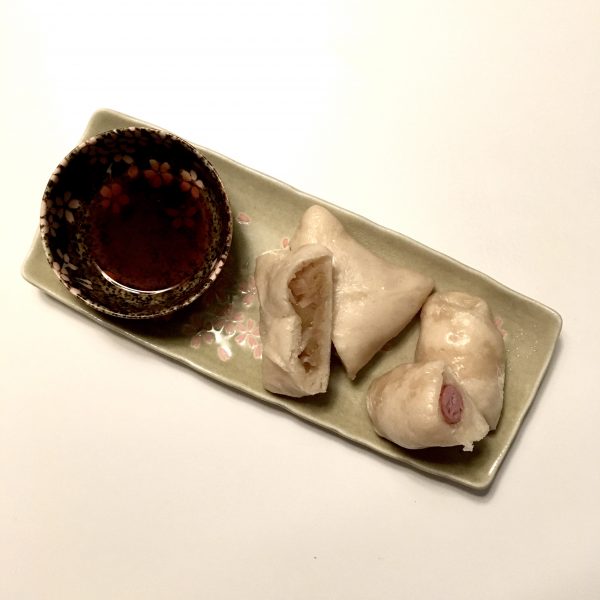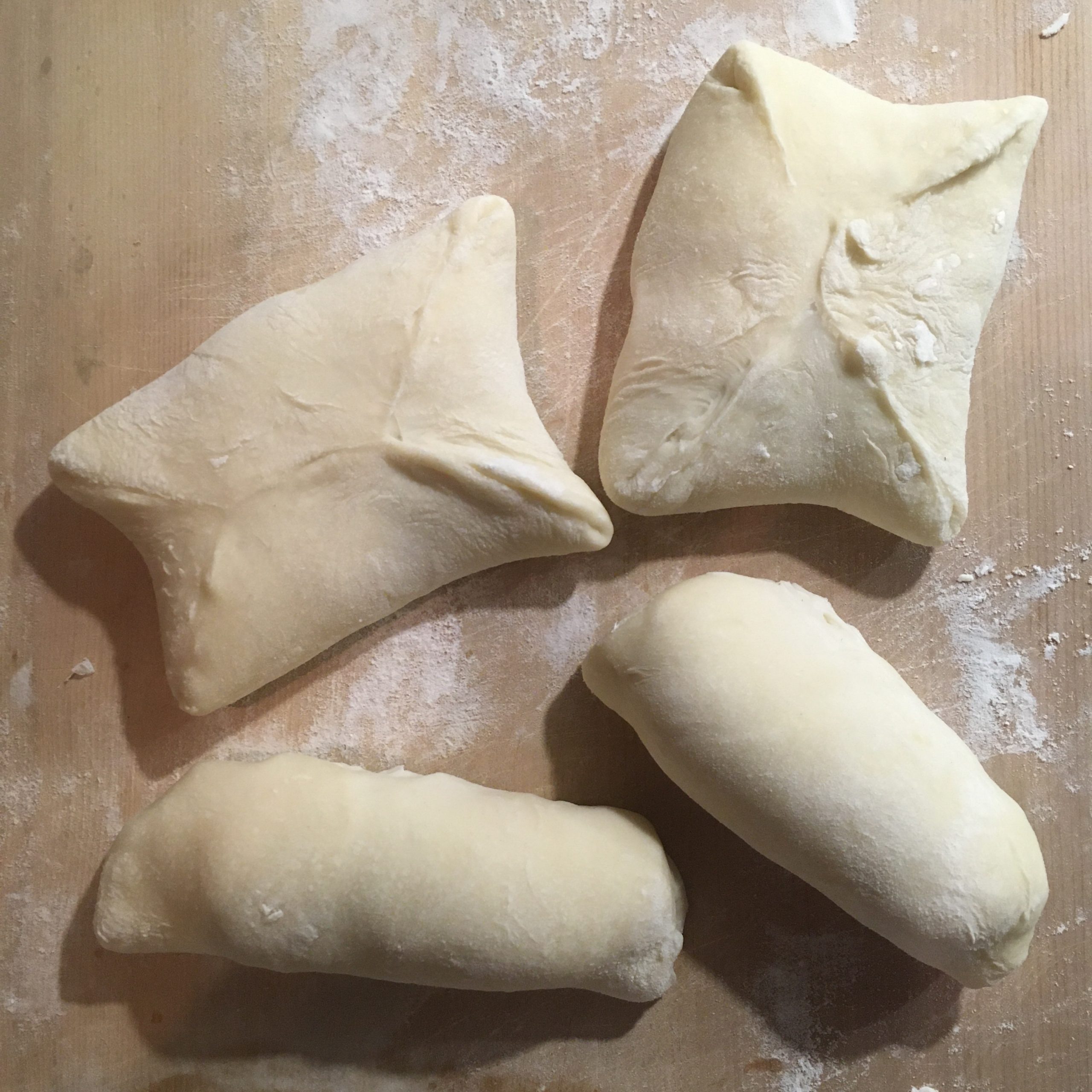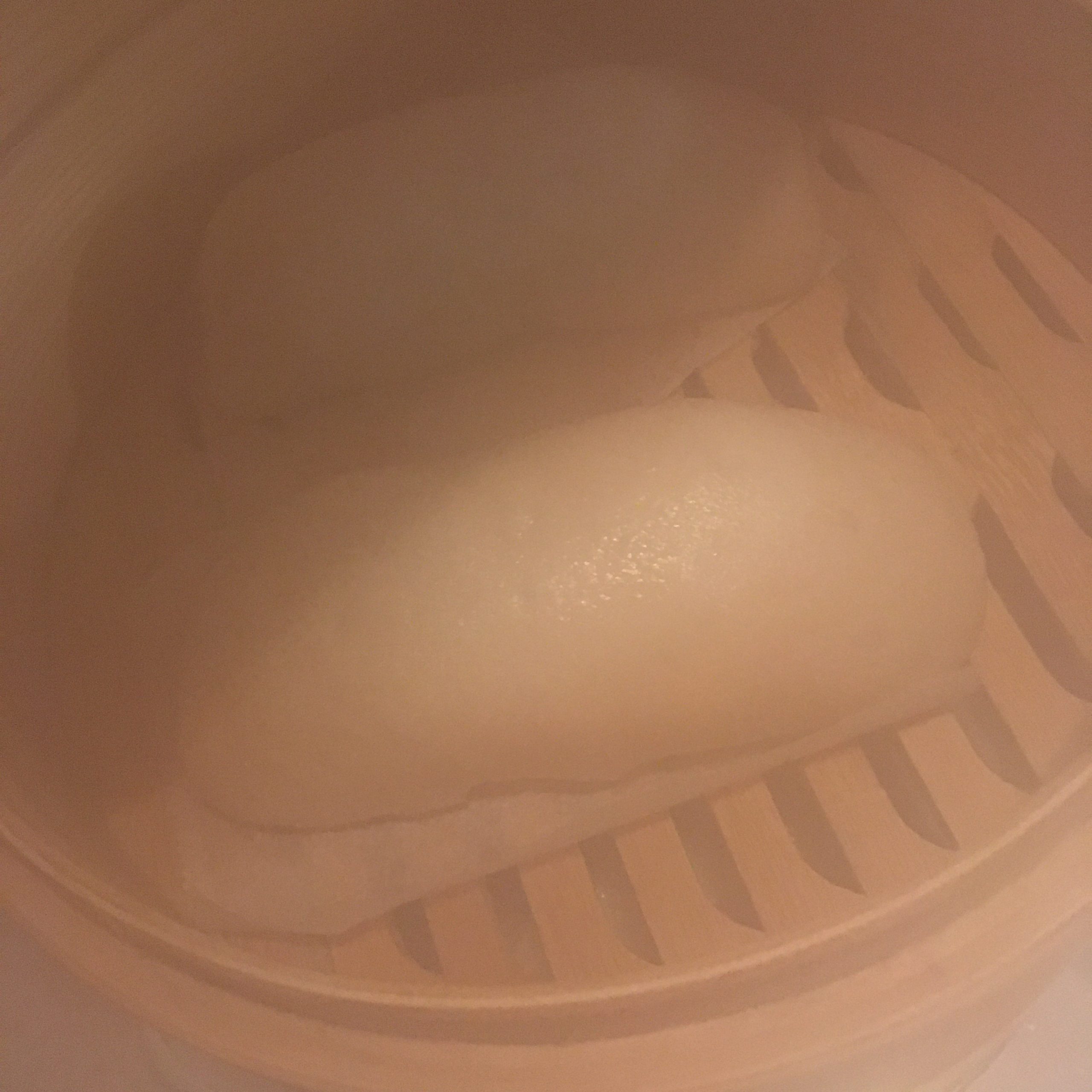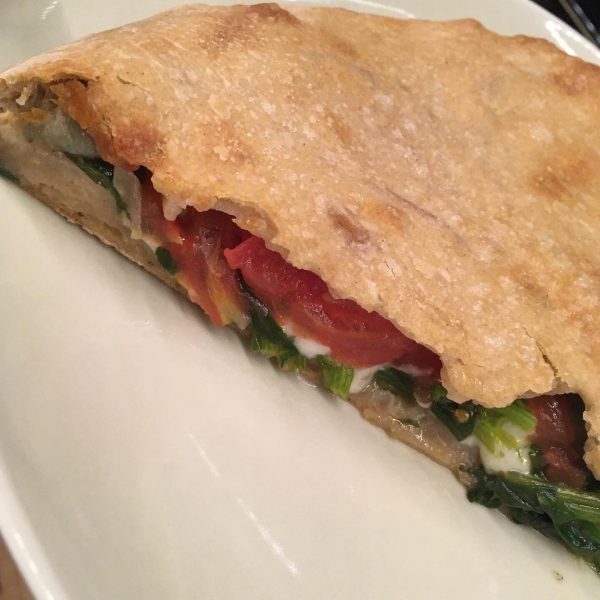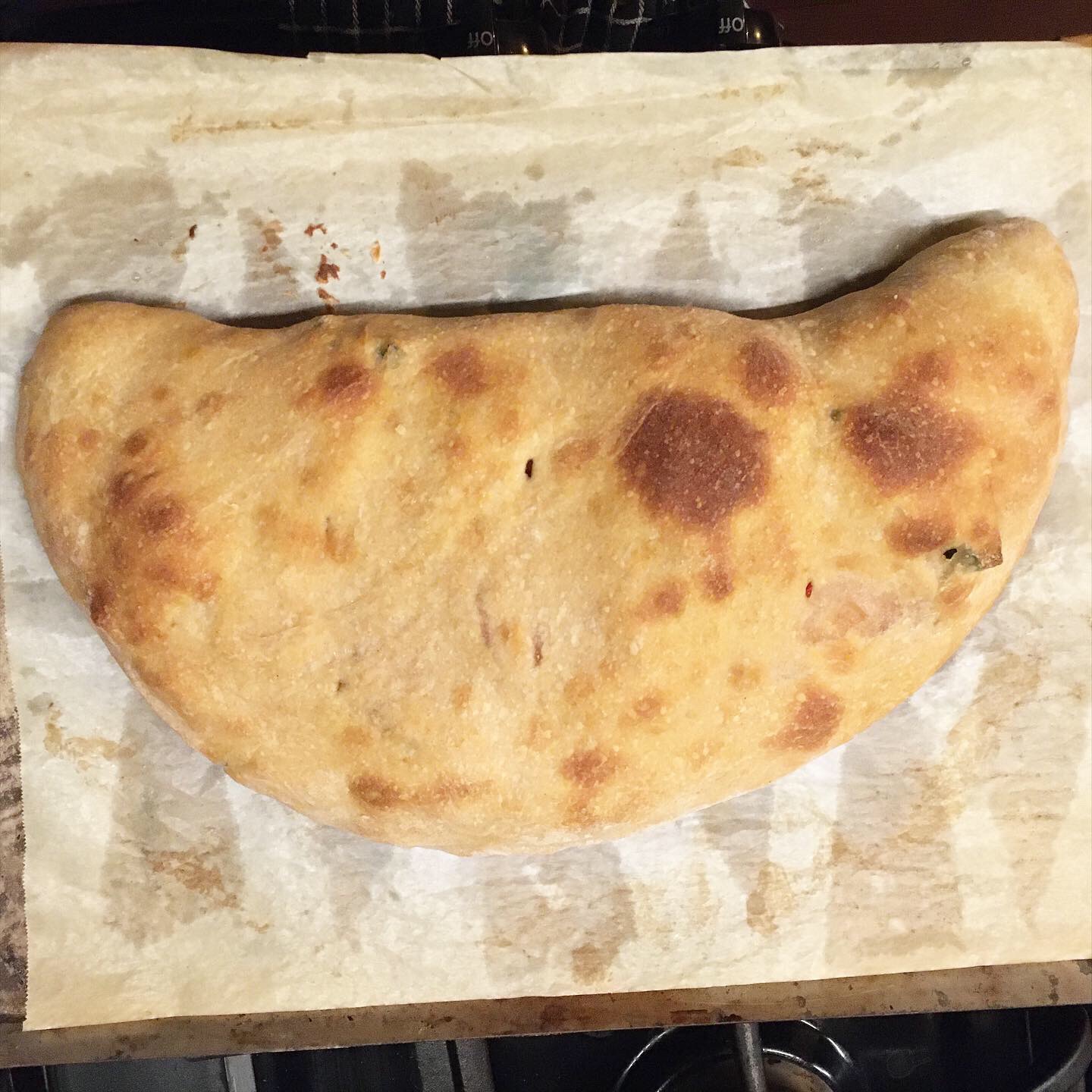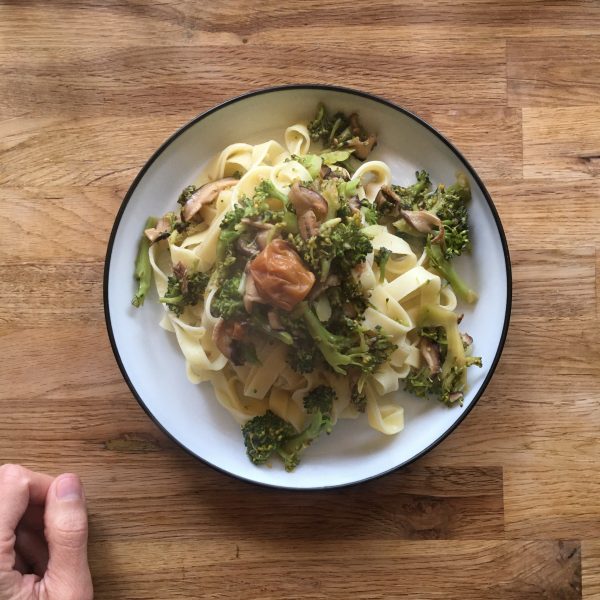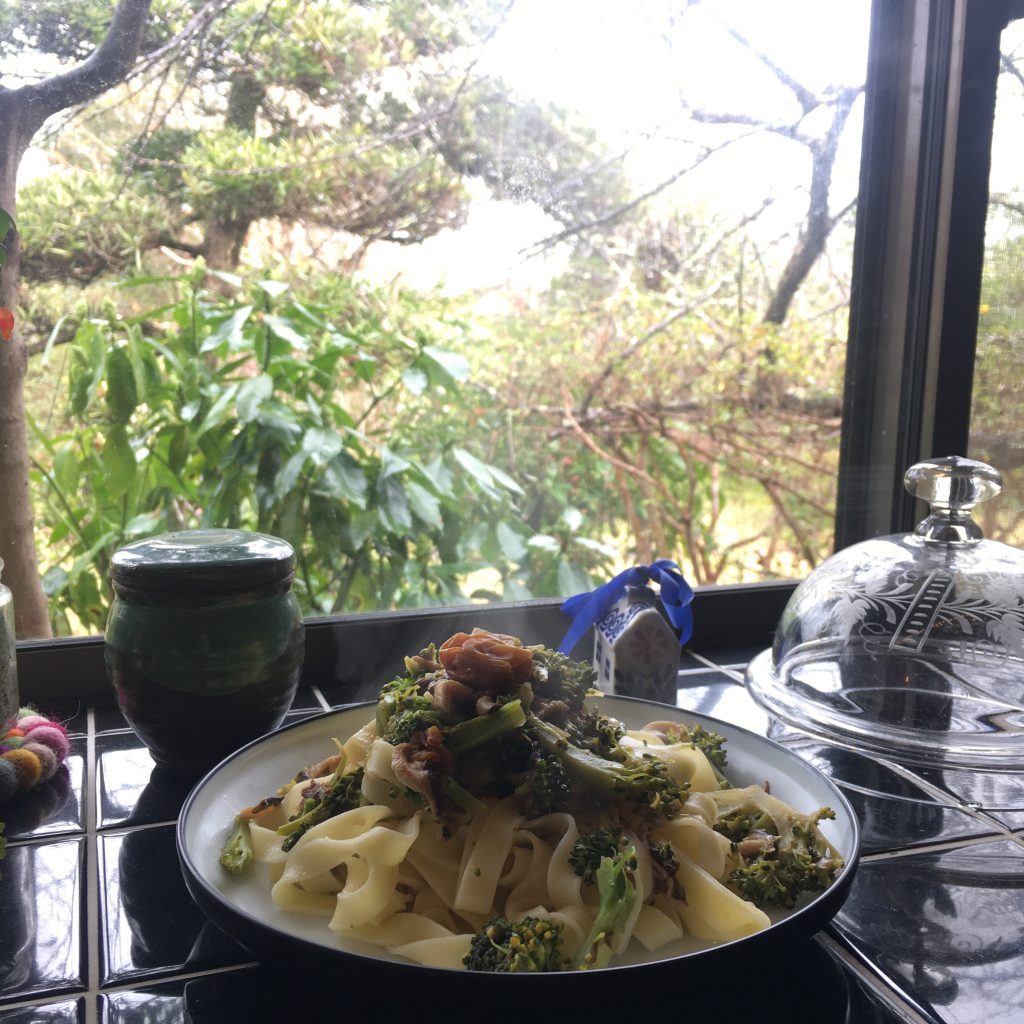Last Sunday, late afternoon, after surfing in the morning and gardening the whole afternoon I remembered that it’s been two days we have had no chocolate… well that is a HUGE problem for us, or for A.. We both do indulge in a bitter sweet treat after dinner. Indeed, unless we have guests or we celebrate we never have dessert, just a piece of chocolate… so when we forgot to refill our chocolate stock… there’s a bit of drama in the air! 😉
That’s when the magic of Instagram happen! While browsing my feed I stopped on @dans_ma_boite_a_biscuits post: a quick chocolate cream, with 4 ingredients that I always have (or almost… because her recipe uses dark chocolate, I used cacao) and that is so simple I couldn’t help trying!!! I never found it so easy to make a dessert. It takes 10min and then time to cool down, and it was so delicious that I will forget to buy chocolate more often!!! Because I slightly modified the original recipe (in French) I share mine with you… A. was so pleased with the result that he asked for more this weekend!!
Cocoa creamy pudding (4 servings)
- 250ml of milk (vegetal or not)
- 12g of corn starch
- 50g of cocoa (I used cocoa from Plaq)
- 25g of brown sugar or equivalent
In a pan, put all the ingredients, stir well, then start cooking at low heat while stirring. Increase to medium heat and stir well. It should start thickening, don’t over cook or you’ll get something too stiff. Once the consistency is creamy serve in 4 ramekins. Let cool down in the fridge for one hour or two and enjoy. I personally prefer eating them at room temperature rather than cool from the fridge…
